Scent and the Subway
As ridership rose 25% during phase one reopening, transit officials focus on cleaning and safety
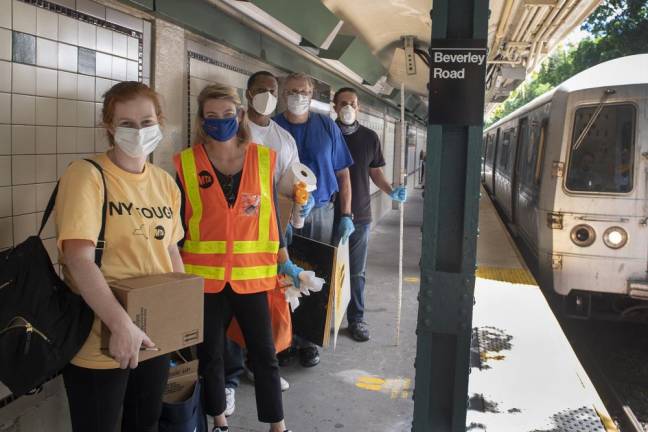
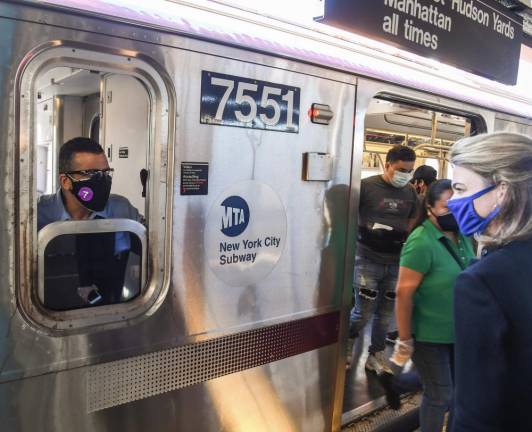
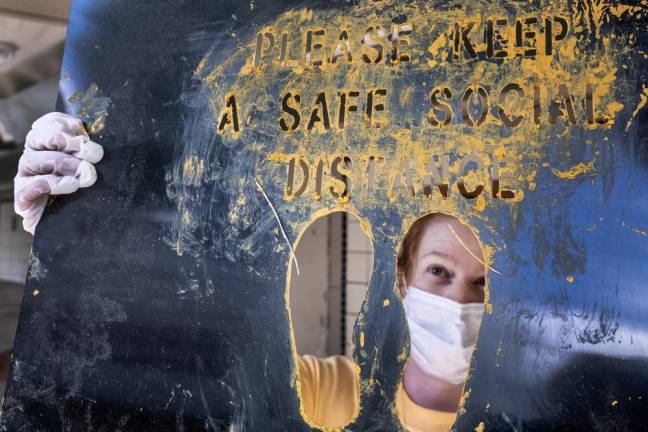
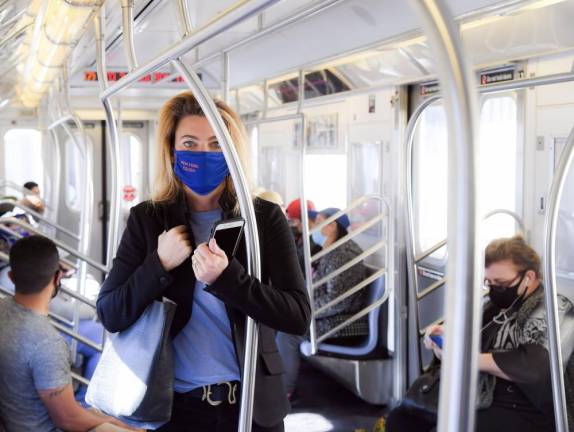
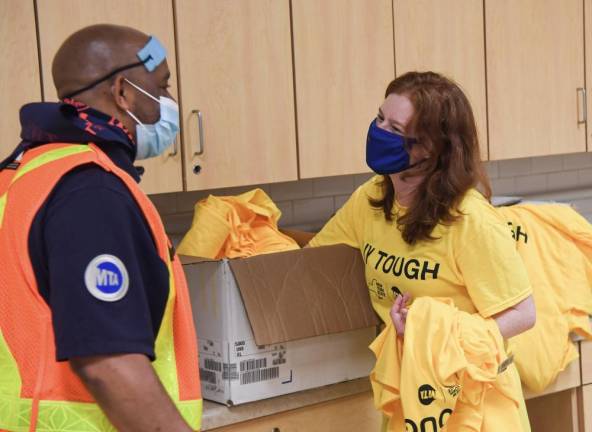
Sarah Meyer earned a unique place this week in the annals of the New York City subways. Never before has a transit official highlighted the system’s scent to lure riders.
Scent, previously known as odor or smell, has always been a vivid part of the subway experience - high on the straphanger list of “just don’t go there” conversation stoppers. The pandemic may not have changed everything, but it has sure changed that.
“It’s really incredible to see how our customers are coming back into the system,” said Meyer, as ridership rose 25% this week with phase one of reopening underway. “You can see a little bit of hesitation in their eyes. And when they walk into the subway car, to see the relief that they look at the shiny floors and they smell the lemon scent.”
To a life-long New Yorker, hearing the words subway car and lemon scent in the same sentence shakes a well-ordered understanding of the universe (probably the last time such an alignment occurred was in the form, “well, that subway car was not exactly lemon-scented’).
Fostering new understanding is part of Meyer’s job. She is New York City Transit’s chief customer officer, a radical concept in itself as it recalibrates thinking about subway riders from the carload to individual customers. But her job is way bigger now than when former Transit President Andy Byford gave it to her in 2018.
She and her transit colleagues are shouldering New York City’s central challenge: How do we make the Great City of tight elevators, narrow sidewalks, packed theaters, crammed restaurants, open offices and, yes, crowded subways, feel safe - and be safe - again. Mass transit is crucial for reviving the economy. But the system is now also at the leading edge of the customer and employee challenge facing virtually every business in the months ahead. As Sarah Meyer goes, so goes the city.
Thanking Workers
Meyer mentioned the lemon scented subway cars as part of a tour she and other transit brass made around the system to thank the 3,000 workers who have been cleaning stations, cars, buses and more or less everything.
“We were just meeting with car cleaners and station cleaners,” said her boss, Sarah Feinberg, the interim Transit president, “and they are doing the work that is making riders enter the system with confidence and feel good about coming back.”
What is striking about the statements from both Feinberg and Meyer is that they never mention the words pandemic, coronavirus or COVID-19. They talk about riders “approaching the system with confidence,” as Feinberg put it. “They’re ready to come back. You’ve seen people with a little bit of spring in their step. It feels like New York is starting to come back. They’re entering a system that’s as clean as it’s ever been.”
Satisfied customers agree. “I’ve lived in NYC for 17 years and it was the cleanest, most pleasant subway experience I’ve ever had,” reported one rider, Corinne Fisher, the comic and podcaster, after her first foray underground in four months. “The markings on the ground encouraging social distancing were great because no one pushed one another. I love common courtesy, even if the impetus is fear of death.” And the D and F trains “definitely smelled clean. And citrus-y.”
Tony Utano, President of Local 100 of the Transport Workers Union, says the thank you’s are nice but hazard pay for his members and getting the homeless out of the system would be more meaningful.
“I don’t think any human being should be living in the subway,” Utano said. “You can disinfect the trains and clean them and eat off the floor. If a homeless guy gets on and carries the virus they’re not going to follow social distancing.”
Contact Tracing
Which goes to the larger point. Clean inspires confidence, as Feinberg says, but part of the MTA’s challenge is that, no matter how much they scrub, they can’t control the most important factor in stopping the spread of the virus. That is keeping infectious people off the system, whether they are homeless or just headed for work. Tom Frieden, former NYC health commissioner and former director of the Centers for Disease Control, says the city’s essential task is identifying anyone carrying the virus, quickly tracing everyone they have had contact with and isolating all of them until the are no longer infectious. That is the most effective way to make the subways, and everything else, safe from the virus.
Both Governor Andrew Cuomo and Mayor Bill de Blasio say they are committed to doing this, although Feinberg and Meyer are doing a better job of inspiring confidence in transit than Cuomo and de Blasio are in showing that the contact tracing system is up and running well.
Frieden says there is a piece of data that will give early warning if cases are slipping past the contact tracing net. That is the number of new cases that public health teams cannot trace, or link, to other previously identified cases. If the number of these unlinked cases rises, Frieden says, then alarm bells should go off that the virus is escaping the box and getting out of control again.
That kind of work, if not above Sarah Meyer’s pay grade, is certainly on someone else’s to do list.
In the meantime, Meyer and her colleagues will continue to clean, hand out masks and sanitizer, urge everyone to distance as best they can and then clean some more. Meyer, who answers her own messages on social media, said she would even look into other scents for riders who find lemon, well, too Miami.
The current transit scent is from a cleaning product called Lemon-Quat, Meyer explained. A Philadelphia manufacturer also offers Mint, Lavender, Citrus Flower and two versions of Pine, one specifically tested to stop SARS-Cov-2 (all versions destroy other coronaviruses, so presumably will also stop Sars-Cov-2, but haven’t actually been tested). Pine would be nice for the fall, one long time subway rider said to her. Or maybe the scents could be coordinated with subway lines so there are letters or numbers, color codes and distinctive scents. Lavender for the L train?
Meyer promised to look into it.
“You can disinfect the trains and clean them and eat off the floor. If a homeless guy gets on and carries the virus they’re not going to follow social distancing.” Tony Utano, President of Local 100 of the Transport Workers Union